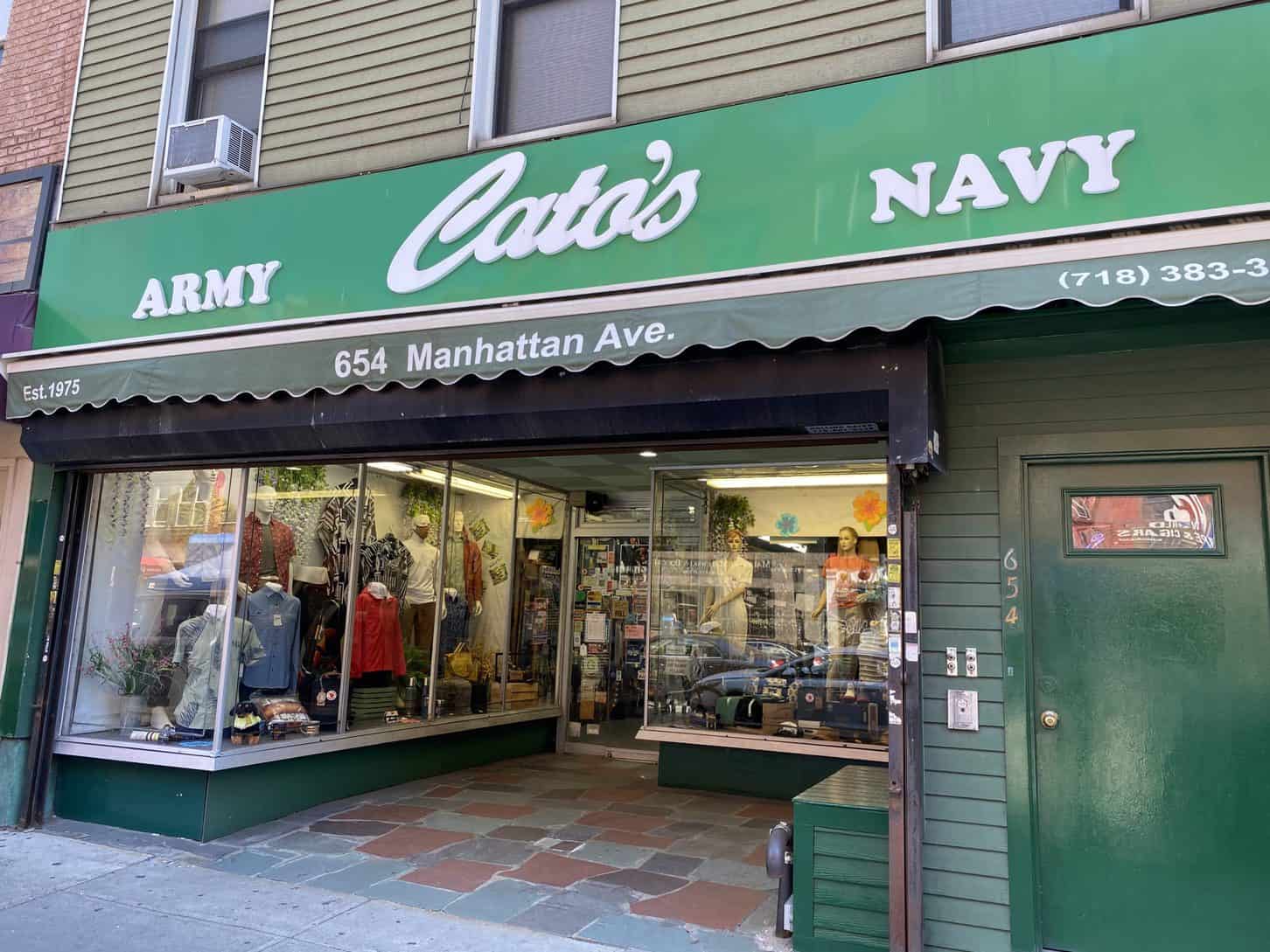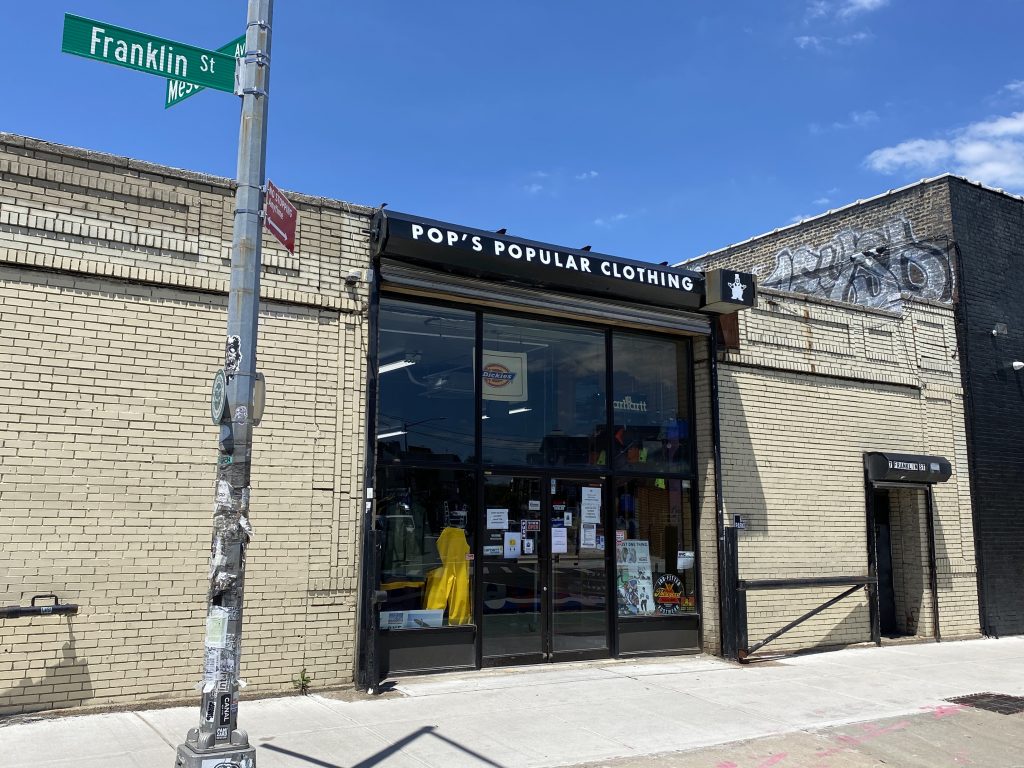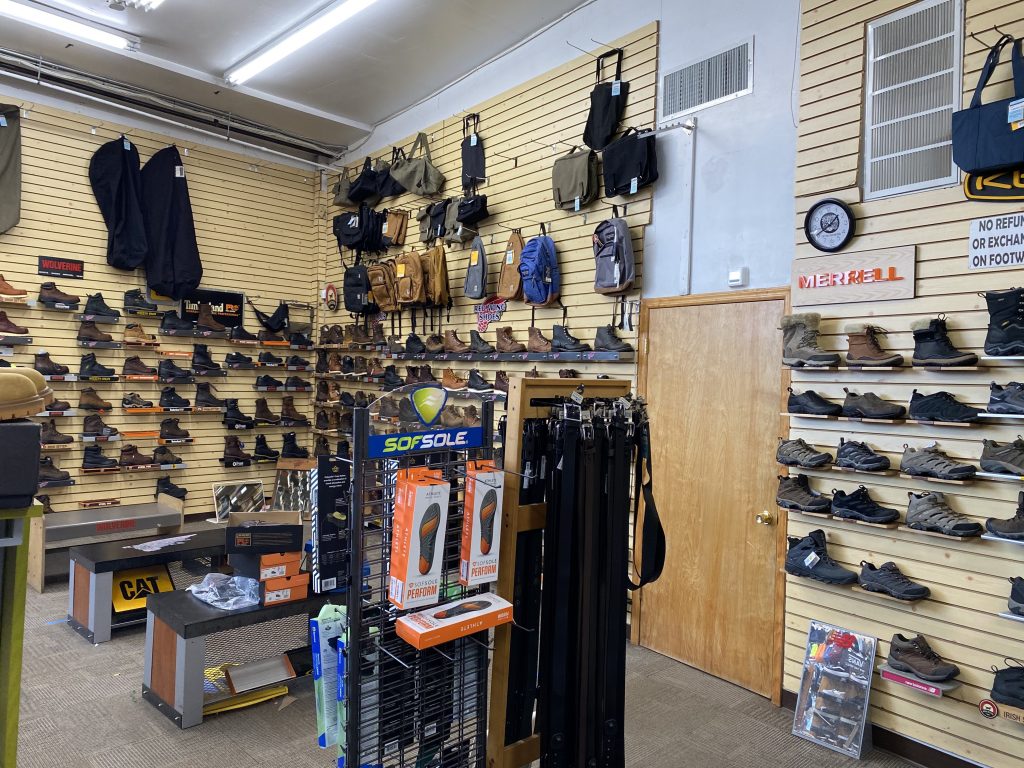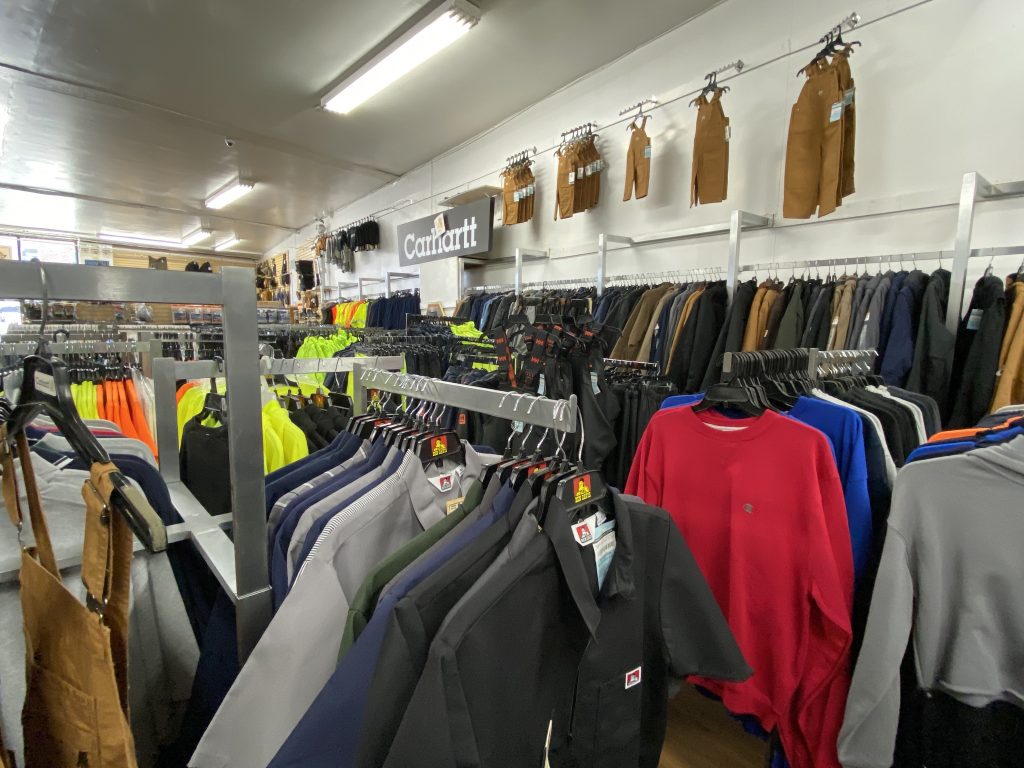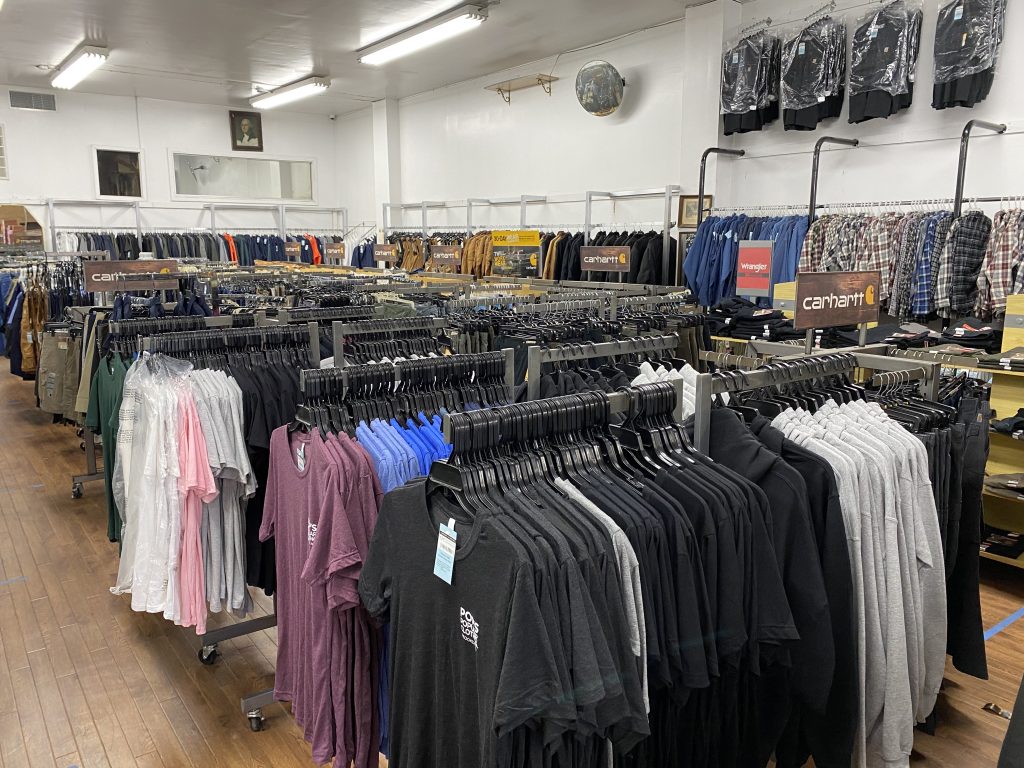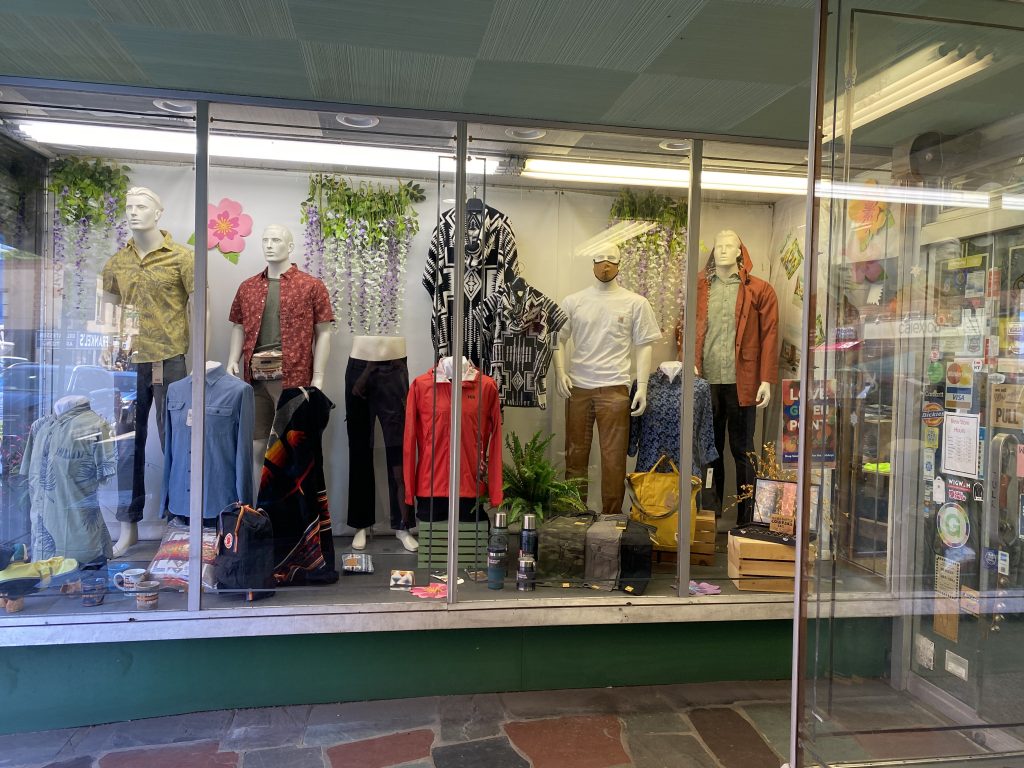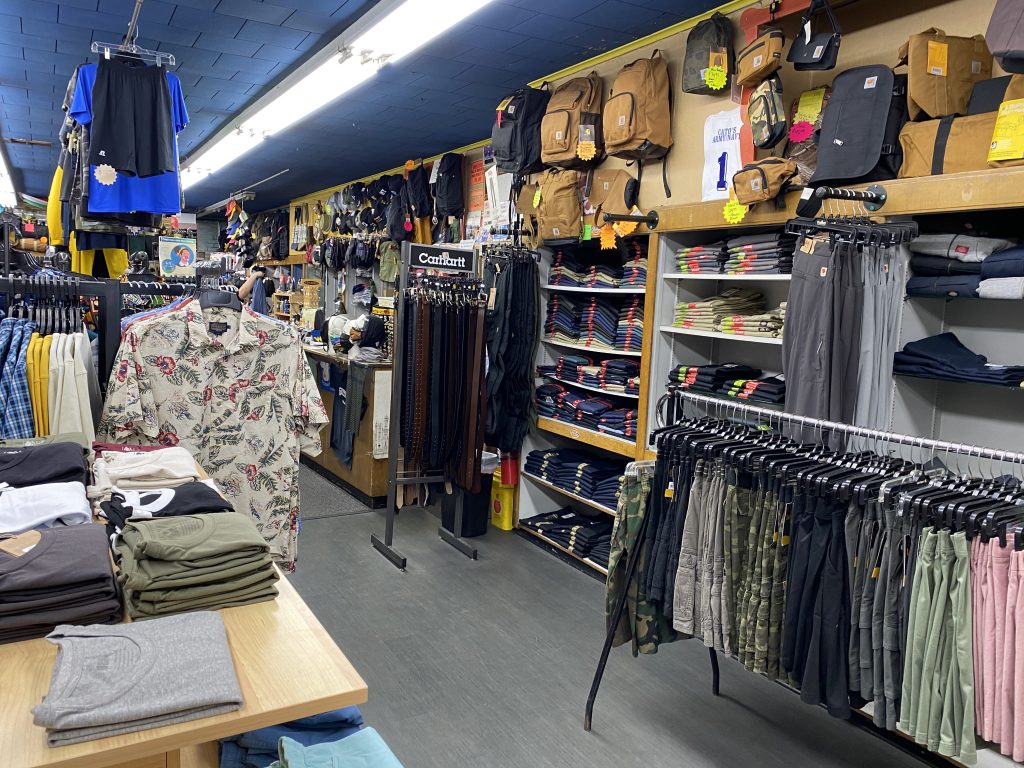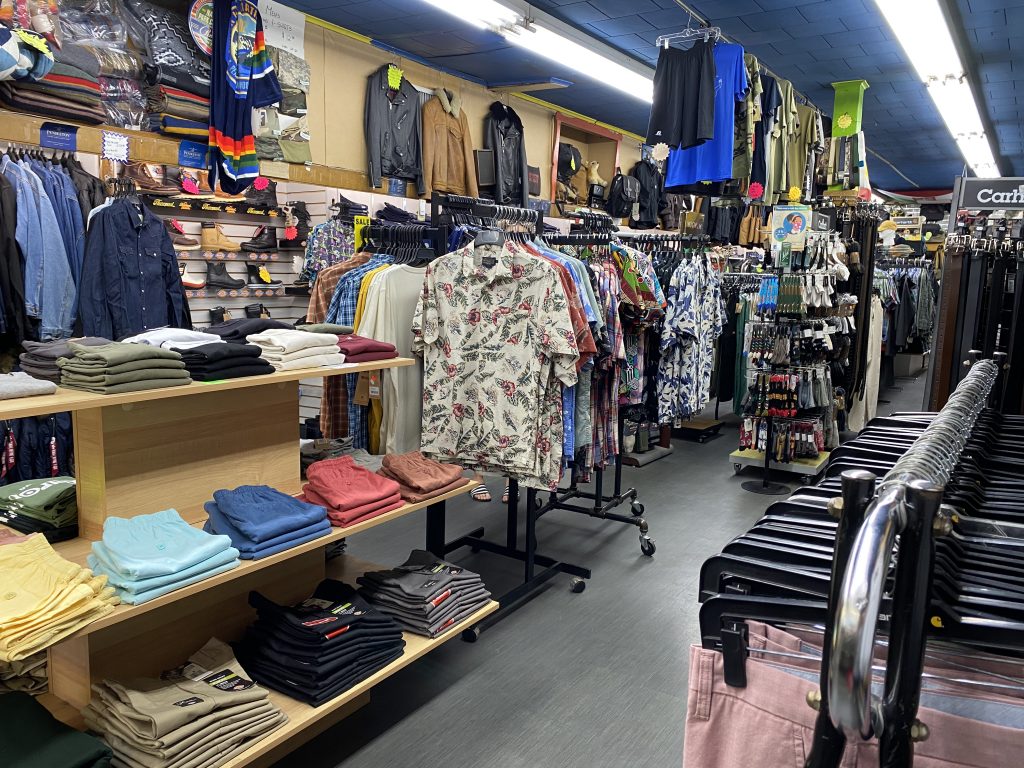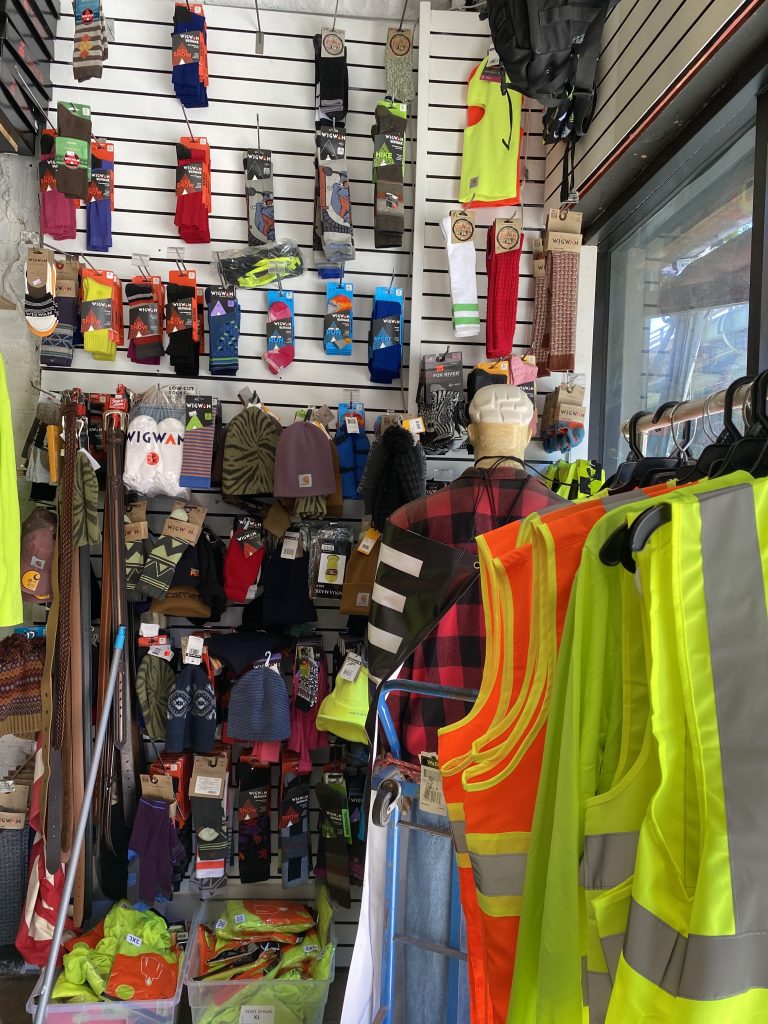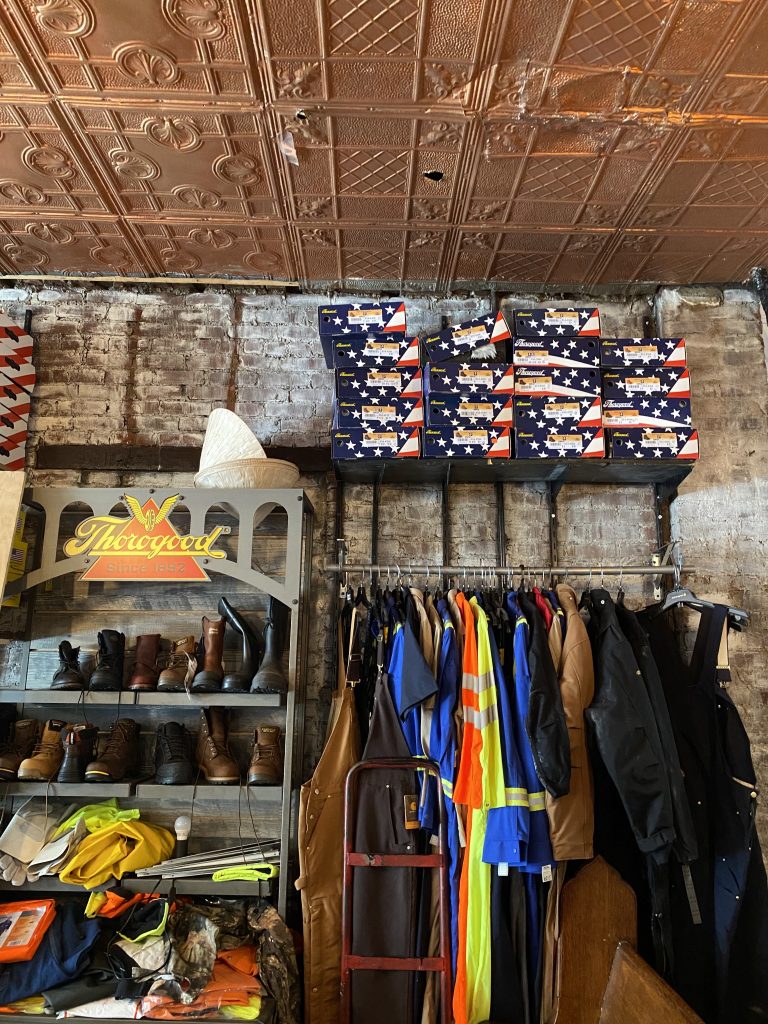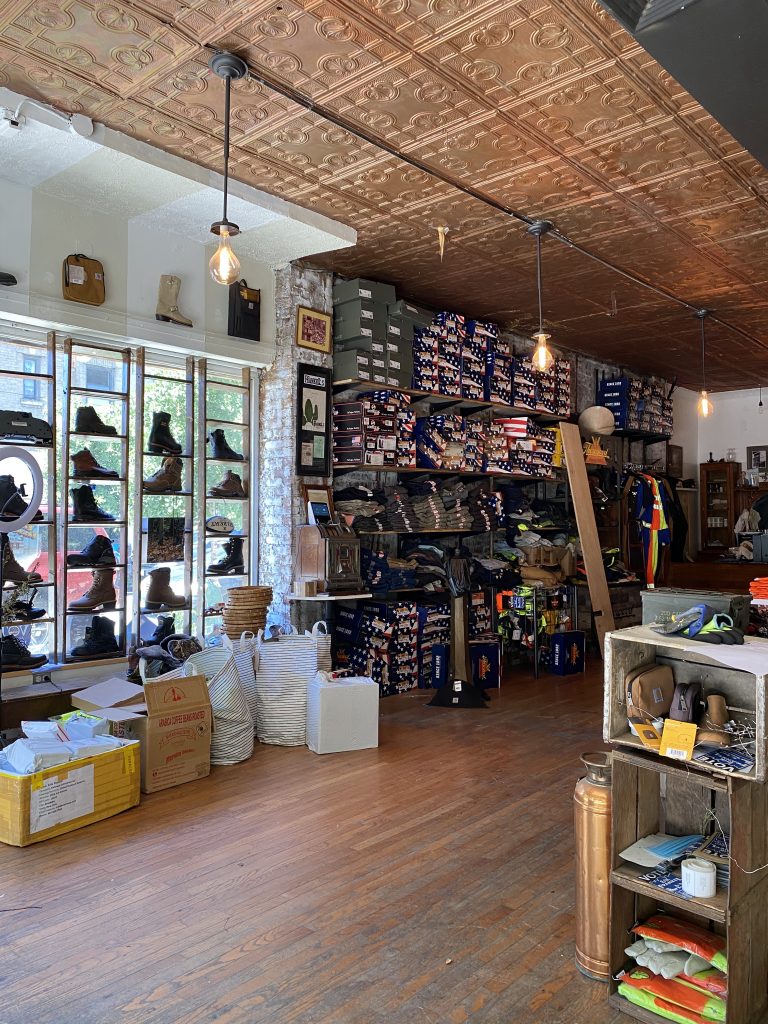INSIDE BROOKLYN’S WORKWEAR RETAILERS

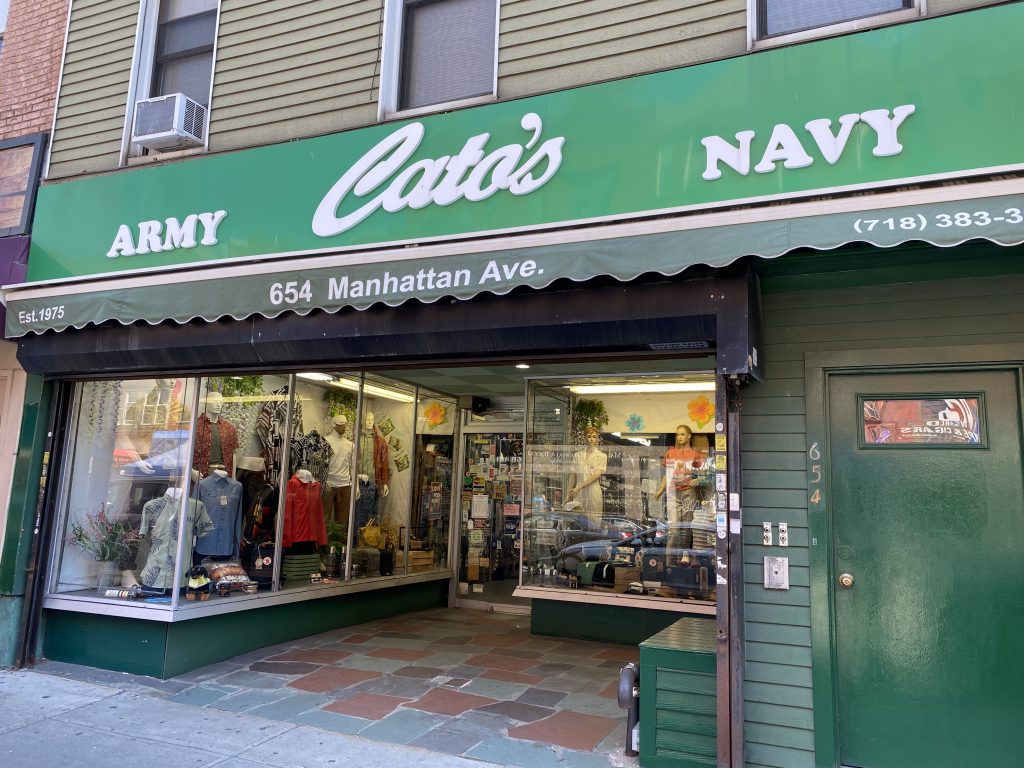
Workwear doesn’t need an introduction. It was considered a must-have category for many retailers for years until it quietly faded away in favor of more comfortable streetwear styles. Now, the category is slowly making its way back into the fashion conversation with more people looking for something other than sweatpants and joggers.
So, what about the stores that have benefited so considerably from selling workwear? The stores that have been around forever selling to construction workers and electricians who now have fashionable Millennials roaming their sales floors asking if they sell Carhartt’s WIP collection? And, knowing a bit about that market’s fickle predilection, what might happen when the trends steer away from stores like this again? Do these owners see a change in the future of their clientele, and what are they doing, if anything, about a potential lull?
Brooklyn seemed a ripe destination to start such a conversation. The New York City borough is well stocked with many workwear shops as well as an ample mix of the two demographics being discussed: labor workers and the ones dressing like them. Pop’s Popular Clothing, Cato’s Army & Navy, and Frankel’s Discount Clothing have all been around for decades (Frankel’s for over a century) selling similar brands to the robust labor force of New York City’s tri-state area.
Pop’s Popular Clothing
Steve Rosenberg, owner of Pop’s, a family-run retailer for almost four generations (he’s currently in the process of training his daughter to take over) is fairly relaxed on how to attract people to his store. “I don’t try to push or promote,” he says. “I let it flow the way it goes because I think that’s the best and people will find out about us.” Pop’s first iteration began in the Lower East Side in 1934 with Rosenberg’s grandfather. Since then, the store has had its share of evolutions, now resting comfortably at the intersection of workwear and fashion. “We have younger people who don’t actually use this stuff for work… then we have the real working people, people who are carpenters, roofers, plumbers, all types of trades. We literally run the spectrum of all types of people,” Rosenberg explains. “That’s the best thing about my store—there’s no typical customer.”
Cato’s Army & Navy
Cato’s Army & Navy is a stone’s throw away from Pop’s in a denser area of Greenpoint, the north Brooklyn neighborhood they share. The store was founded in 1975 by Tony Veneziano, an Italian-American with little to no experience in retail. His son, Ed, now runs the store with a keen sense of what’s happening to not only his clientele but the neighborhood it operates in. “Now as we try to differentiate ourselves in the market, we kind of focus on those aspects of the brands that cater to the fashion that our customers are looking for.” Cato’s went so far as to offer higher-end brands with greener manufacturing practices but came back with mixed results. He adds, “Aside from Carhartt, Dickies, Levi’s, we brought in Filson, we brought in Fjällräven, Woolrich, and Pendleton and what we’ve discovered is that it’s harder for us to sell.” Veneziano says it comes down to the economy. He’s merchandised his store with plenty of clothes made in the USA and produced in environmentally friendly ways, but sustainability comes at a price and that’s where he says the issue lies. “Levi’s, the way they’re prewashing the jeans, using less water and so forth and they’re just so focused on it and I find it fascinating to me because I don’t have any customers coming to me and saying ‘which of the jeans are using the least amount of water,’ the economics drive it more than less water.”
Frankel’s Discount Clothing
Martin Frankel, owner of Frankel’s Discount Clothing, is also part of a multi-generational institution in Brooklyn that dates impressively back to 1890. He says his neighborhood in south Brooklyn has changed and continues to affect sales with a quarter of his customers now making up a solid portion who don’t use the clothes for work. Frankel says, “People don’t realize how dangerous Sunset Park used to be.” Like Veneziano, he’s very aware of how things have shifted to include a different market. “My son says the most dangerous thing in Brooklyn right now is gluten.”
It’s an unworried tone all three owners seem to match. The dichotomy they’re experiencing doesn’t portend something else. All seem very accustomed to their new(ish) customers and proudly sustain their original base of working people. Veneziano, for example, wanting to keep Cato’s rooted in the Polish community it’s located in, ensures at least one of his employees is on hand who speaks the language. “Part of our brand is to not forget our roots and there are still a lot of Polish-speaking customers who really appreciate the opportunity to come into the store and speak in their primary language.” Considering Cato’s has arguably gone furthest in the ‘boutique’ direction, it’s an added consideration that illustrates just how seamlessly two worlds can coexist.
Living and running a business in a city as dynamic and multi-everything as New York raises one’s tolerance for change, and these store owners are no exception. When asked about percentages of who’s coming into the store for what, the numbers seemed at best to be a rough estimate, not sounding scientific at all. They don’t seem to mind a shift in how their products are being used, just as long as they’re being bought.
Forecasting is futile as Veneziano adds, “Nobody knows what’s going to happen six months from now.” And, with that same regard, it seems best to let things evolve as they always have—openly without anxiety. With each store having such long unique histories, the sensible conclusion might just be the more past you have behind you, the less you have to worry about the future. Or, as Rosenberg simply puts it, “We just want everybody to come and enjoy it.”
—
Zachary Ioannucci is a writer and stylist based in Brooklyn.


